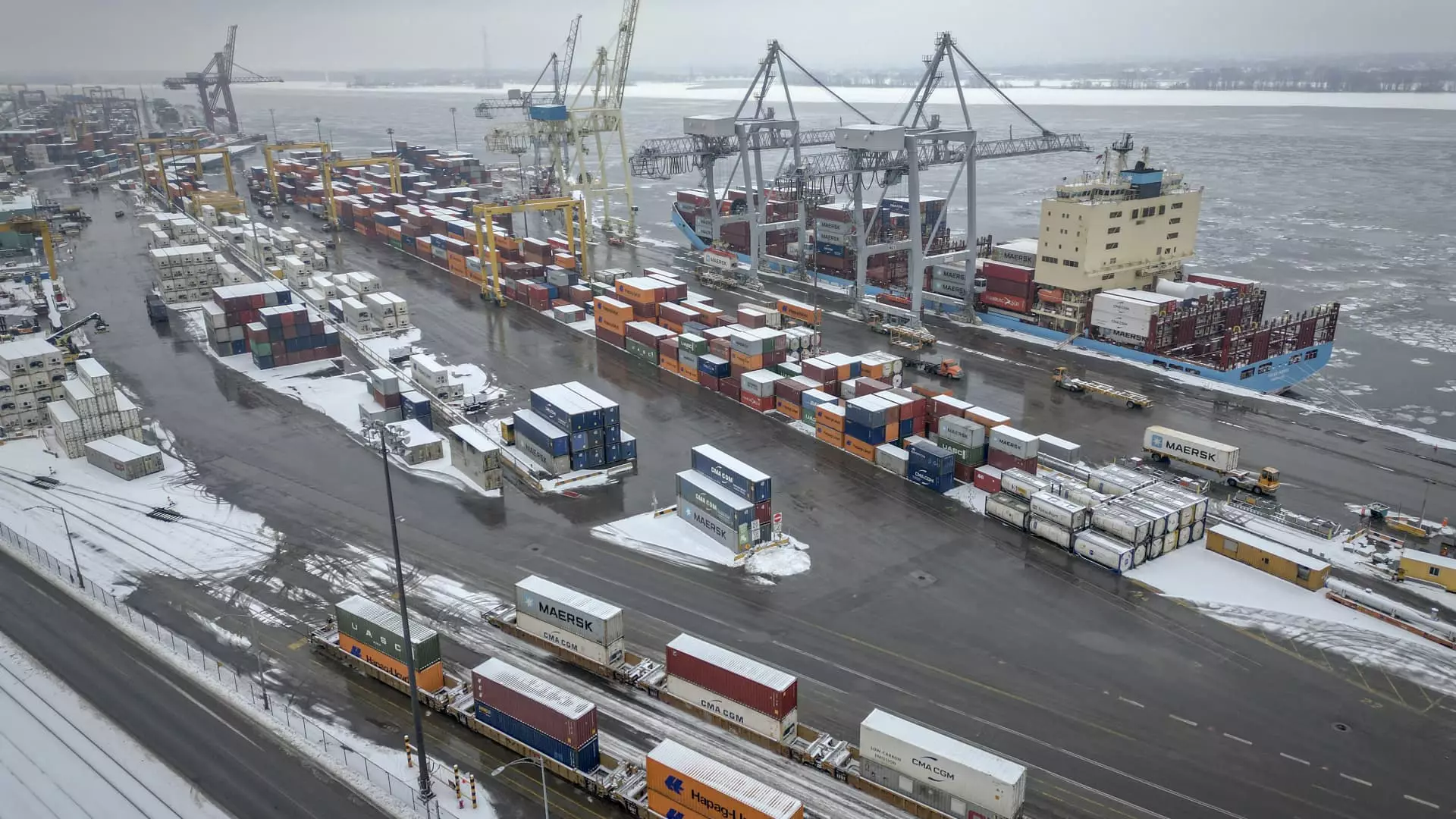The imposition of tariffs has played a notable role in shaping U.S. economic policy since the nation’s inception, and the recent actions taken by President Donald Trump have reignited discussions about their significance. As he positioned tariffs as a tool for various objectives—economic, strategic, and even political—the historical context reveals that Trump’s approach is anything but conventional. In this article, we will explore the multifaceted uses of tariffs throughout American history, analyze Trump’s unique approach, and examine the ramifications of his tariff policies on the economy and international relations.
Since the dawn of the republic, tariffs have served multiple purposes, fundamentally linked to the financial underpinnings of the federal government. The Tariff Act of 1789, one of the fledgling Congress’s first significant legislative achievements, established tariffs primarily to generate revenue. Early American governance relied heavily on these import duties, which accounted for up to 90% of federal revenue prior to the Civil War. As Douglas Irwin, an authority on economic history, notes, revenue-generation was the primary motivation behind such tariffs at that time.
Following the Civil War, however, the landscape shifted. The emergence of a more diversified tax structure, including excise taxes and, later, income tax, led to a decline in the share of revenue that tariffs contributed to federal coffers. By the early 20th century, this number had dropped to roughly half. Economic expansion, particularly during the New Deal era and the post-World War II period, further entrenched this trend, making it increasingly clear that tariffs alone could no longer sustain the vast expenditures of the modern state—a point reinforced by economists Kris James Mitchener and others.
The period between the Civil War and the Great Depression marked a significant transformation in the function of tariffs. Rather than being utilized primarily for revenue, tariffs increasingly served as a protective measure designed to shelter nascent American industries from foreign competition. The 1930 Smoot-Hawley Tariff is a case in point; it imposed protective tariffs on hundreds of goods, yet it also contributed to an economic downturn, illustrating the potential dangers of using tariffs indiscriminately.
In the post-World War II landscape, the American approach shifted towards “reciprocity,” with the U.S. leading efforts to establish international trade frameworks that fostered cooperation and diminished trade barriers. The establishment of the General Agreement on Tariffs and Trade (GATT) in 1948 was pivotal in forging a global trading system characterized by lower tariffs and enhanced economic interdependence.
Trump’s tariff policies stand in stark contrast to the post-war consensus. His administration’s approach embodies all three functions of tariffs: revenue generation, protectionism, and negotiating leverage. Proposing that tariffs could replace income tax funding underscores Trump’s opportunistic view of this tool as an all-encompassing economic strategy. Unlike his predecessors, who typically targeted specific industries to shield from competition, Trump applied sweeping tariffs across entire economies—most notably, China. His administration enacted a 10% tariff on all Chinese imports and threatened additional tariffs on goods from allies like Canada and Mexico.
What makes Trump’s use of tariffs particularly striking is his willingness to sidestep established trade agreements and protocols that have governed U.S. trade policy since the mid-20th century. Andrew Wender Cohen points out that while past presidents have exercised tariff power under specific frameworks, Trump’s unilateral decisions represent a departure from cooperative trade practices. This has drawn criticism and confusion not only domestically but also among international trading partners.
Implications for Domestic Economy and Foreign Relations
The consequences of Trump’s tariff policies are complex and multifaceted. By prioritizing import restrictions, the administrative goal of revenue generation became paradoxically self-defeating; limiting imports reduces the tax base. Additionally, these tariffs have prompted retaliation from trading allies, creating a ripple effect that could jeopardize the stability of global markets.
Further complicating matters, Trump linked economic issues to social and health crises, notably the opioid epidemic, arguing that tariffs could be part of the solution. This inflection point illustrates how tariffs have increasingly been framed in a broader socio-political context, straying from their traditional roles as economic instruments.
In immersing himself in tariff policy, President Trump has significantly diverged from historical norms, embracing a broader and more robust application of tariffs than any recent administration. As the country evaluates the long-term implications of these policies, it is crucial to consider the historical lessons learned: while tariffs may serve multiple purposes, their indiscriminate use often leads to economic instability and fraught international relationships. The trajectory of U.S. tariff policy moving forward will depend on elected leaders’ ability to balance the allure of protectionism with the principles of free trade that have underpinned the post-war economic order.

